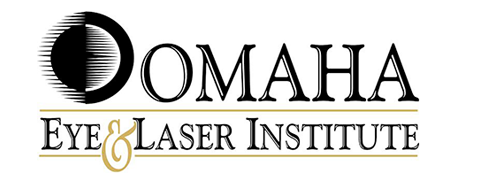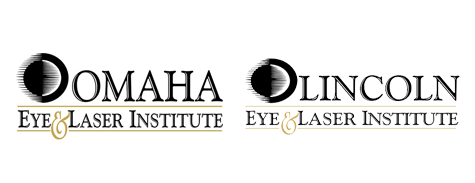Why Is My Near Vision Changing?
In our 40s and 50s, we begin to experience the naturally frustrating effects of blurry near vision. Reading the newspaper, seeing the computer screen or sending a text message becomes a struggle. We end up depending more and more on reading glasses or contact lenses to see up close. This natural loss of reading vision is called presbyopia (prez-bee-OH-pee-ah), and it eventually affects all of us, even if we never needed vision correction before.
What Causes Presbyopia?
The eye’s natural lens is normally elastic and flexible. It works like a camera lens to automatically adjust and focus our vision. This lets us automatically switch our gaze from something near to something far away. Over time, the lens in your eye begins to stiffen. It can’t bend into the right shapes to bring close objects into clear focus. To compensate, you end up moving objects further away to help your eye to focus.
Presbyopia continues to progress over time. For example, someone who is 45 may only notice it when trying to read tiny print in low light. However, someone who is 50 may need to use reading glasses many times throughout the day.
BEFORE: When the natural focusing ability of the eye diminishes, near vision becomes blurry.





